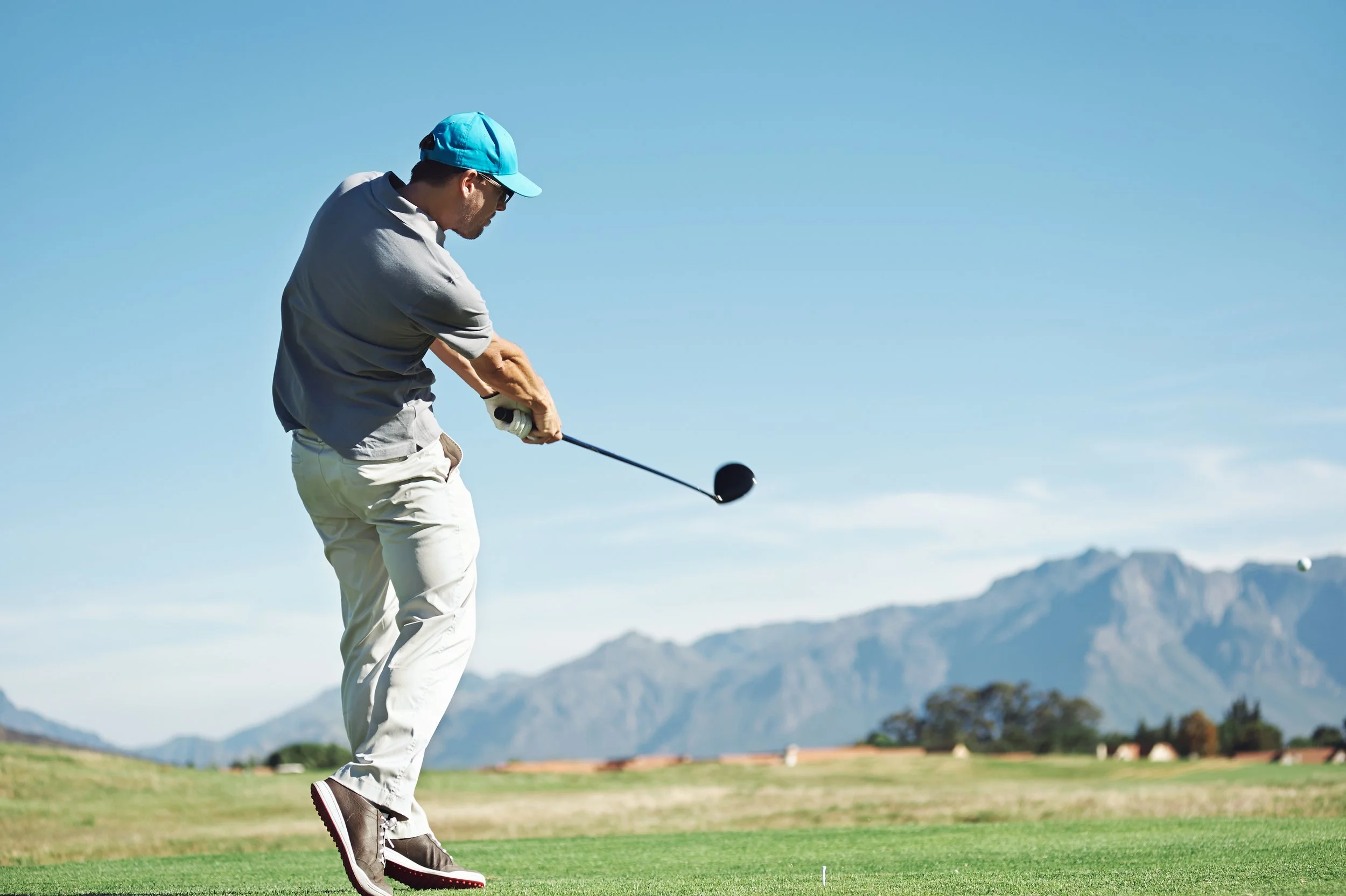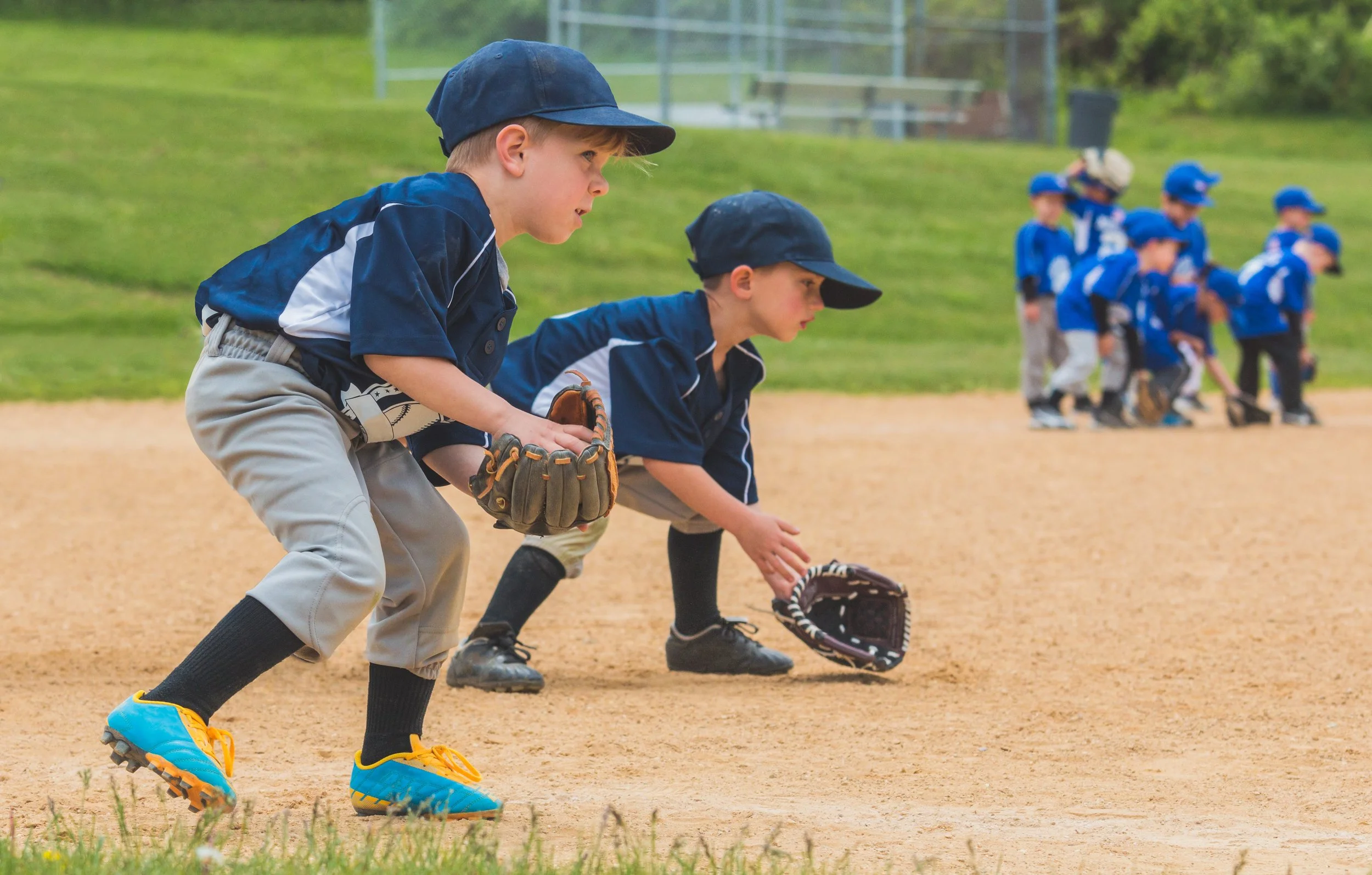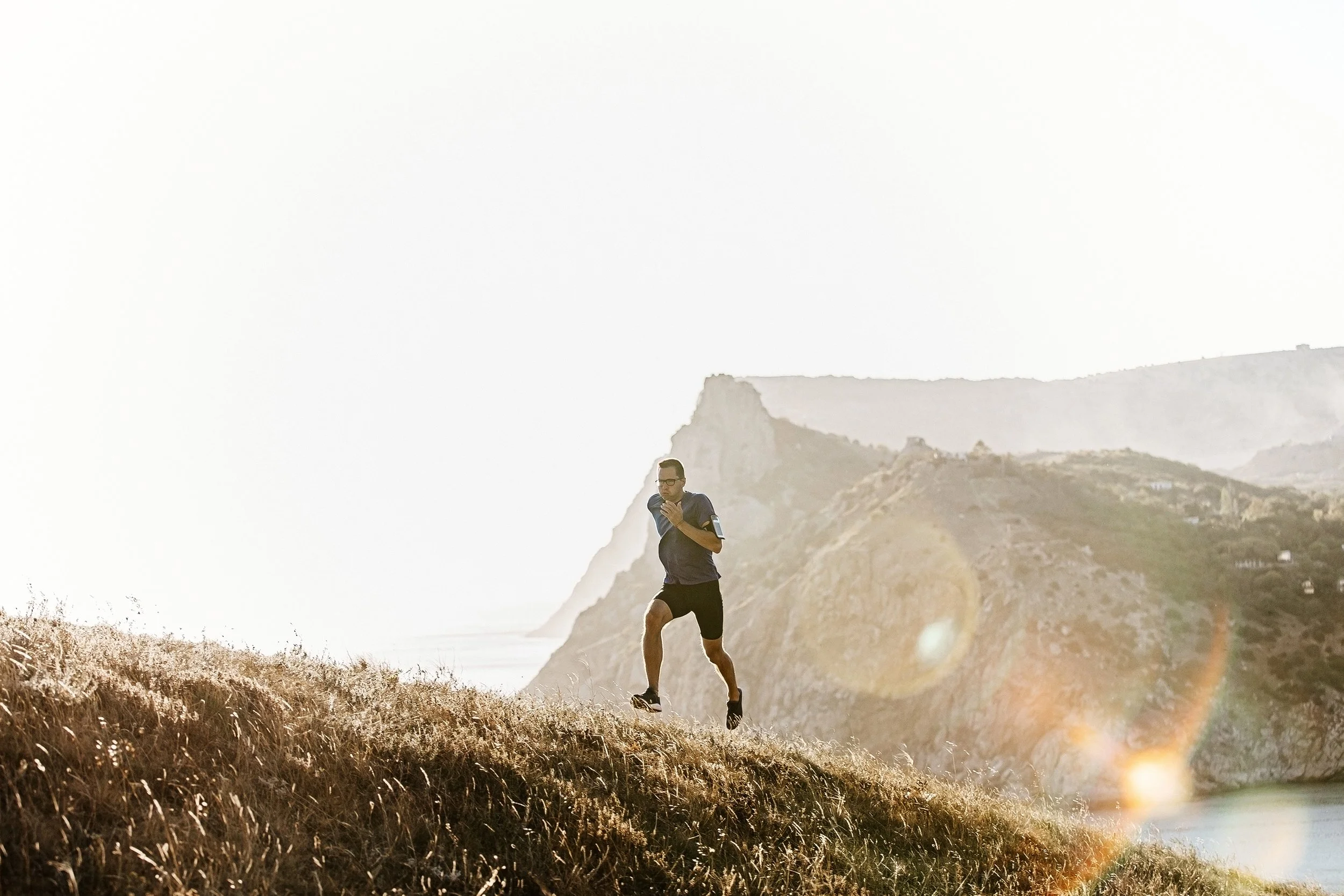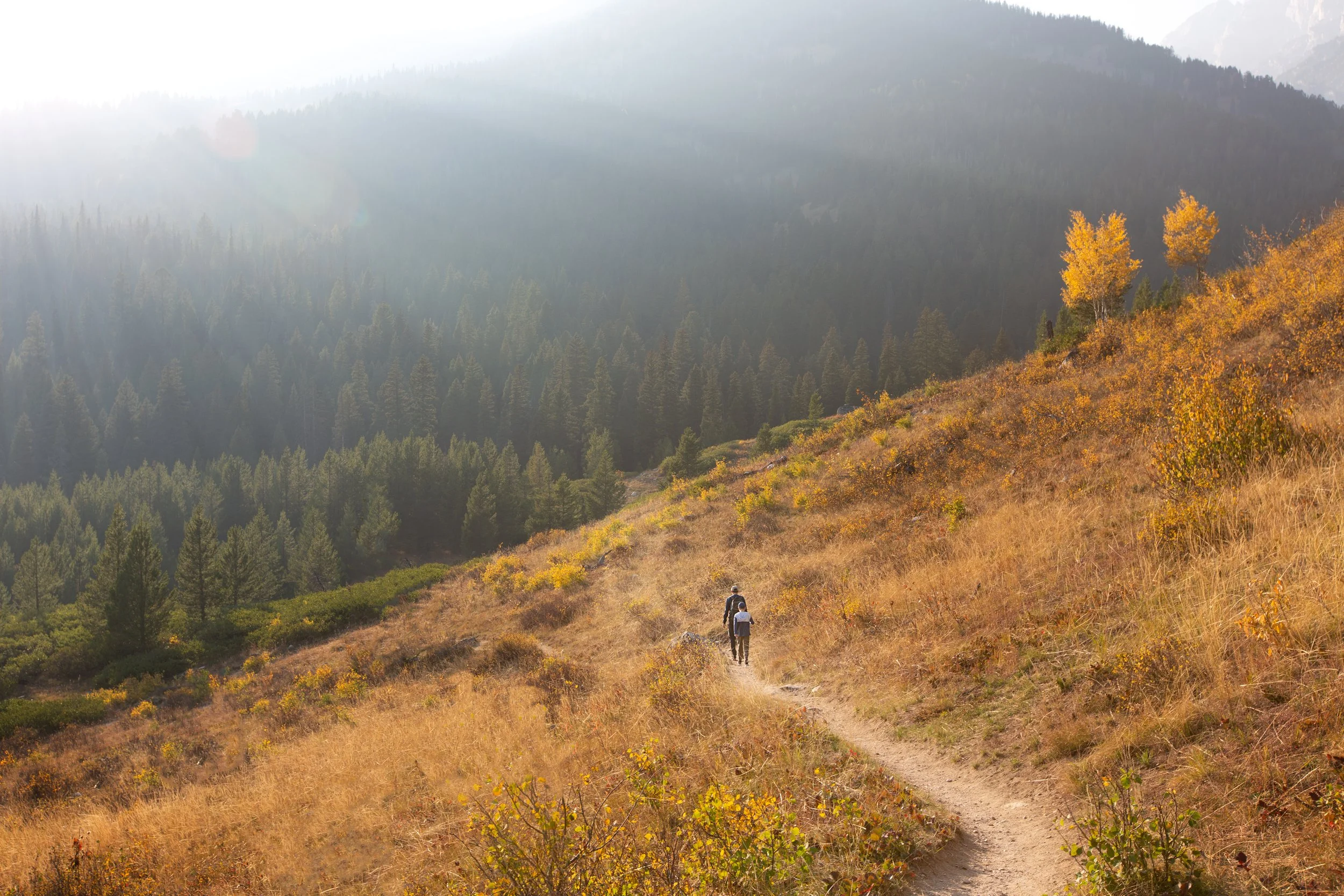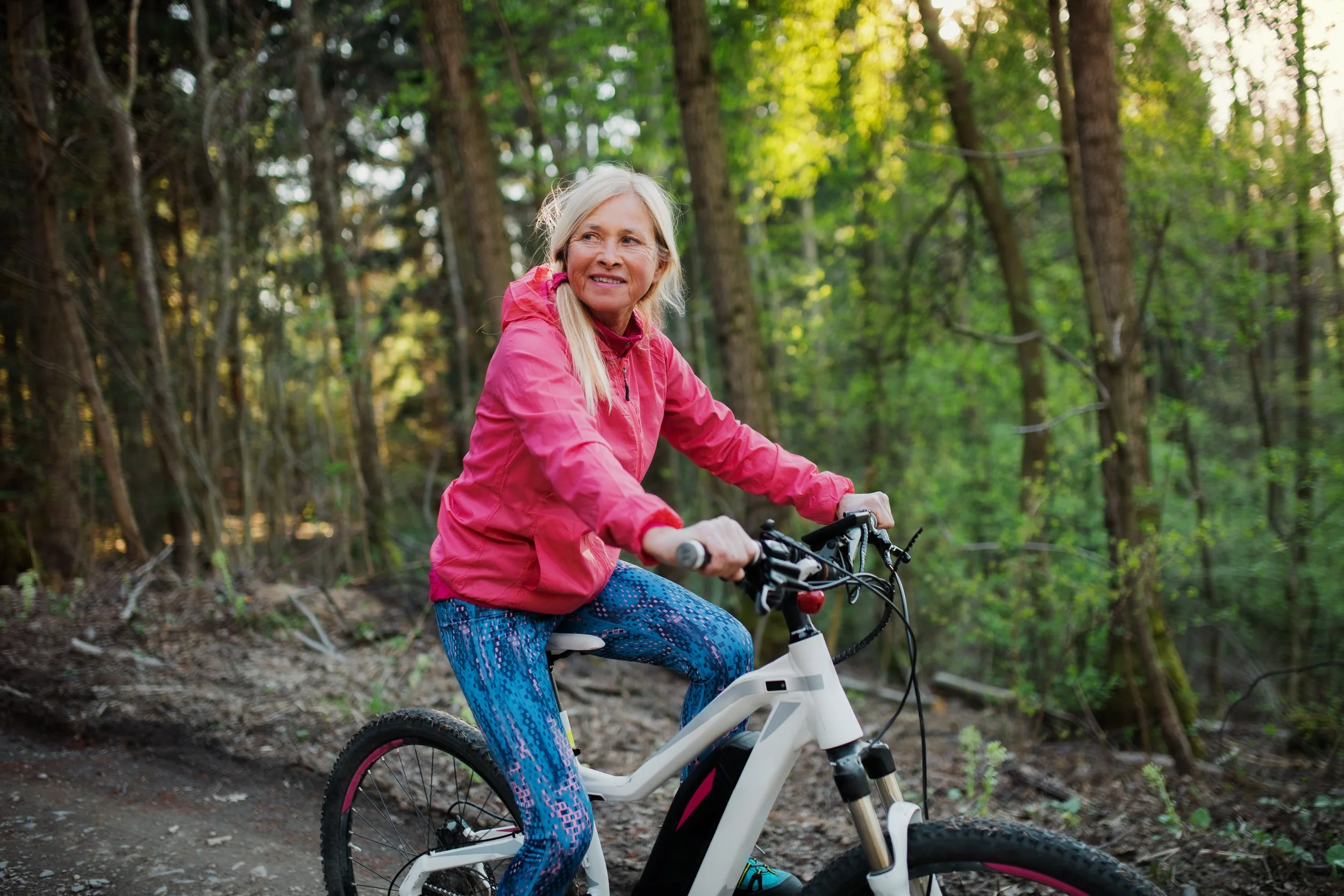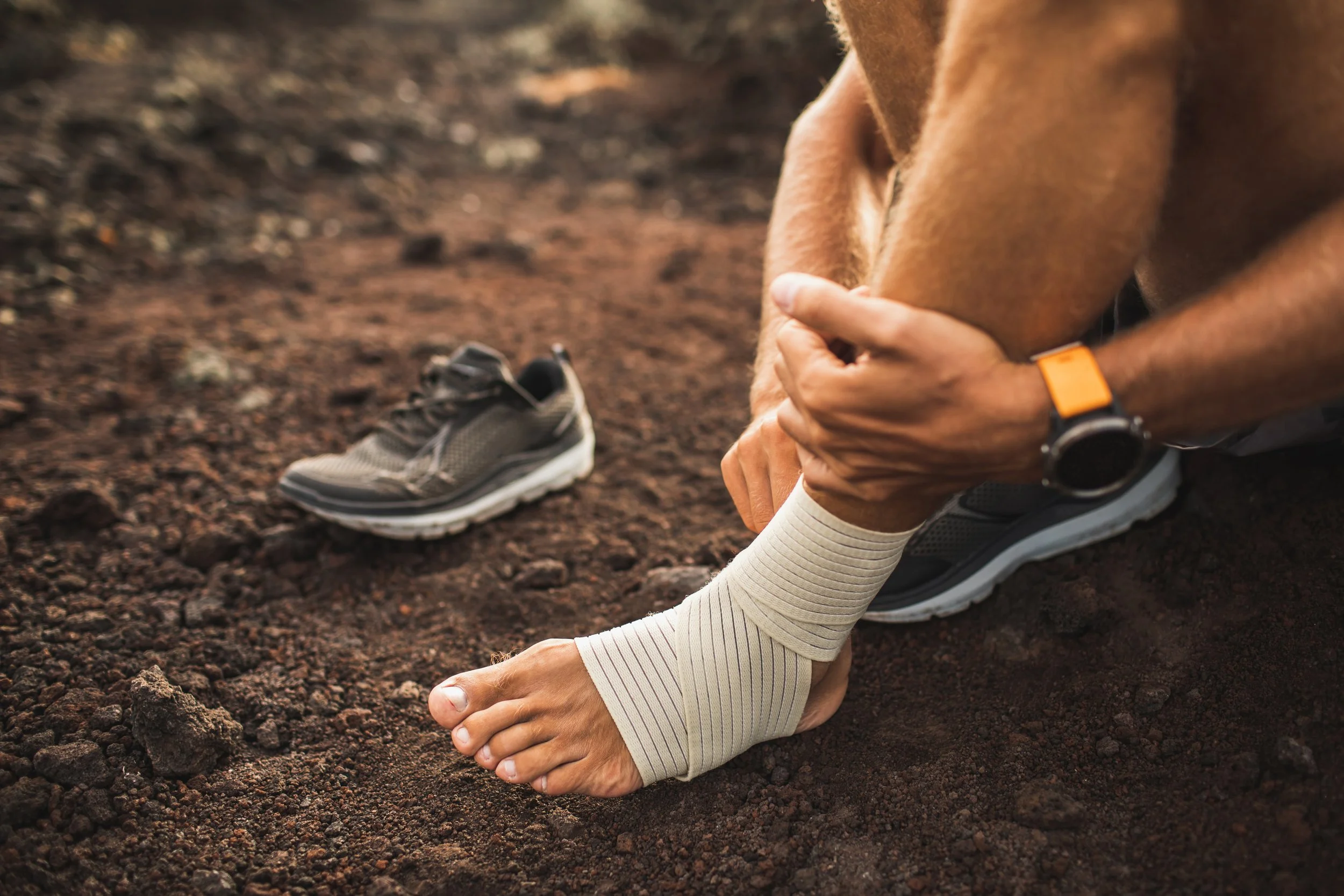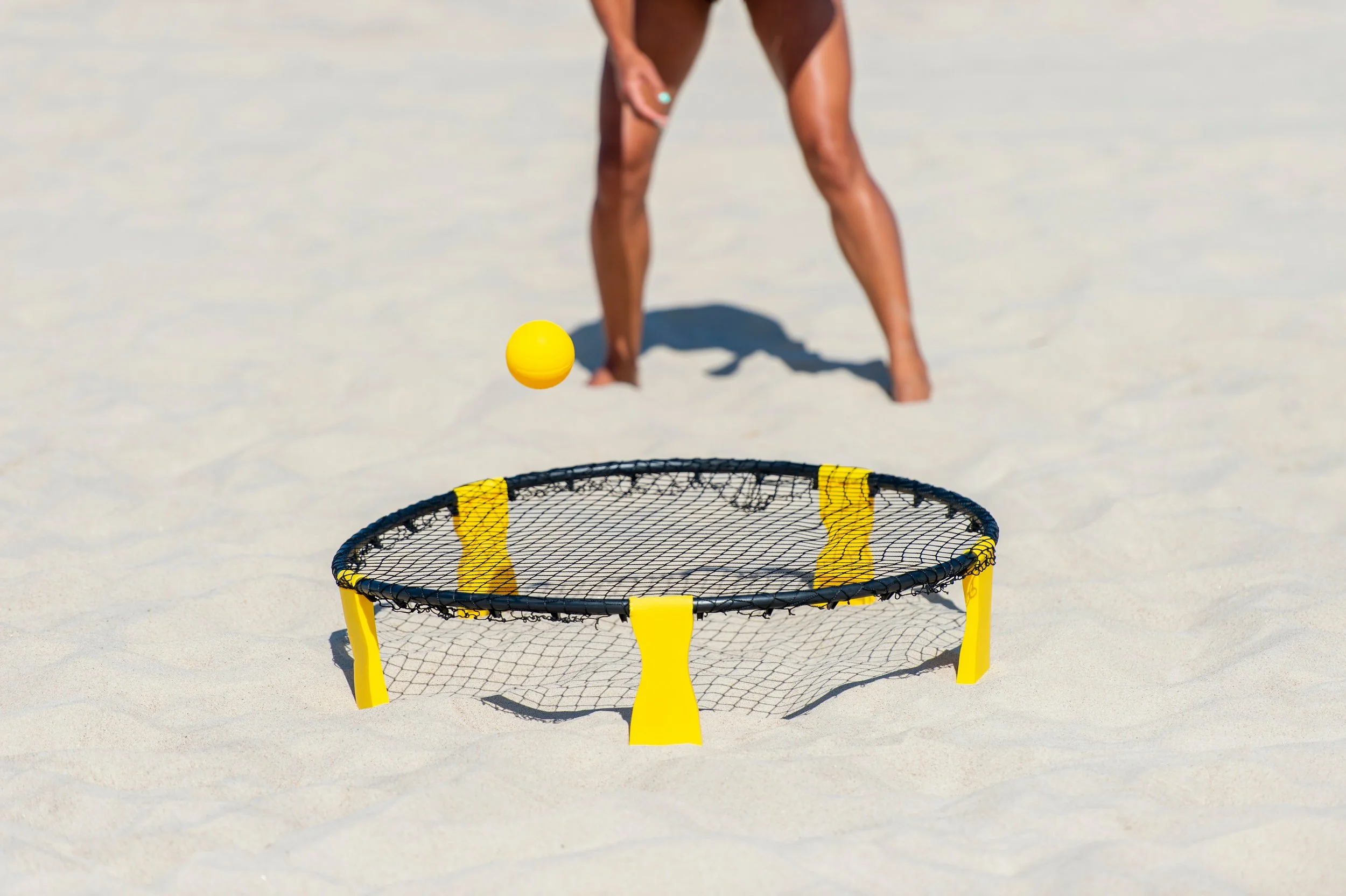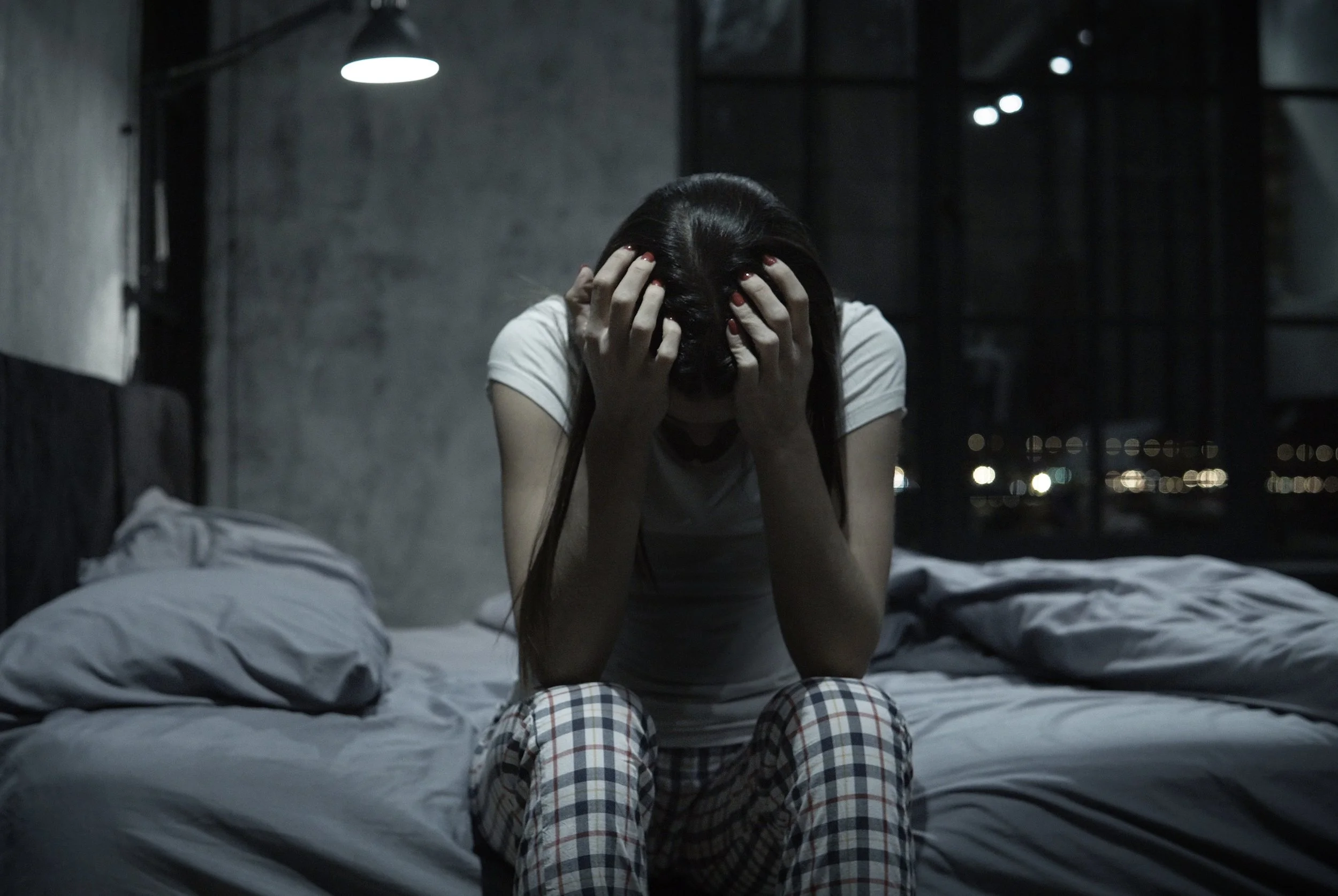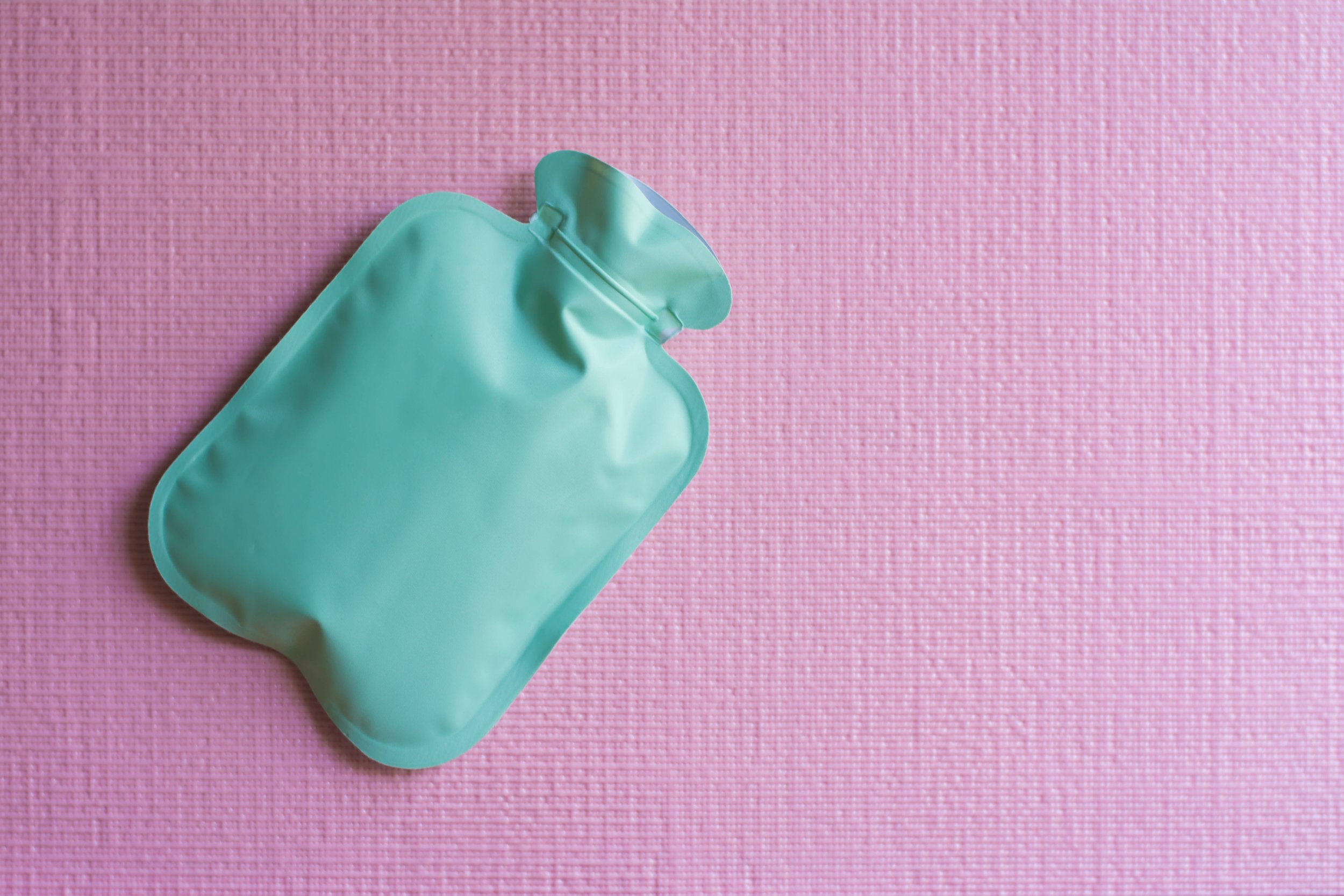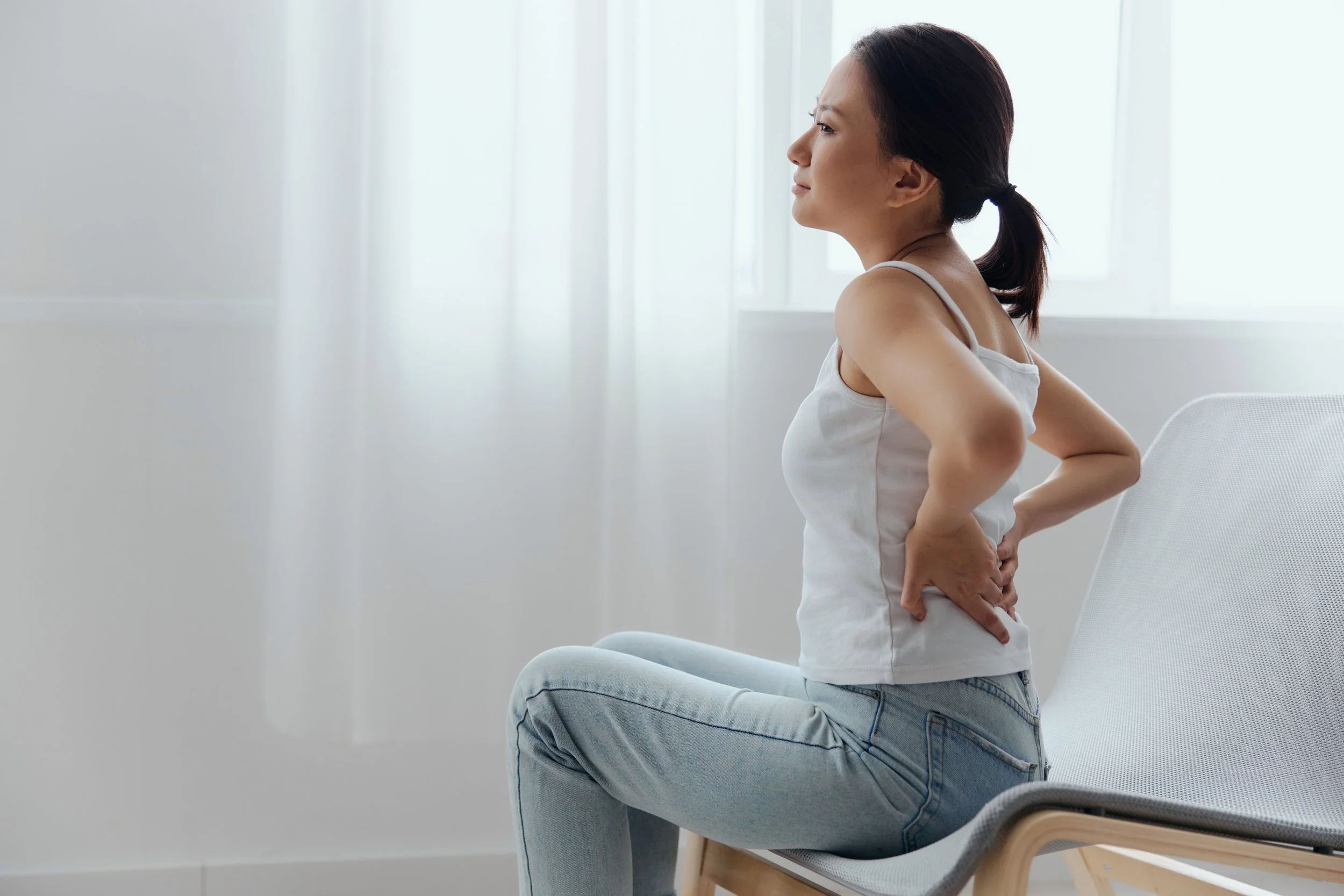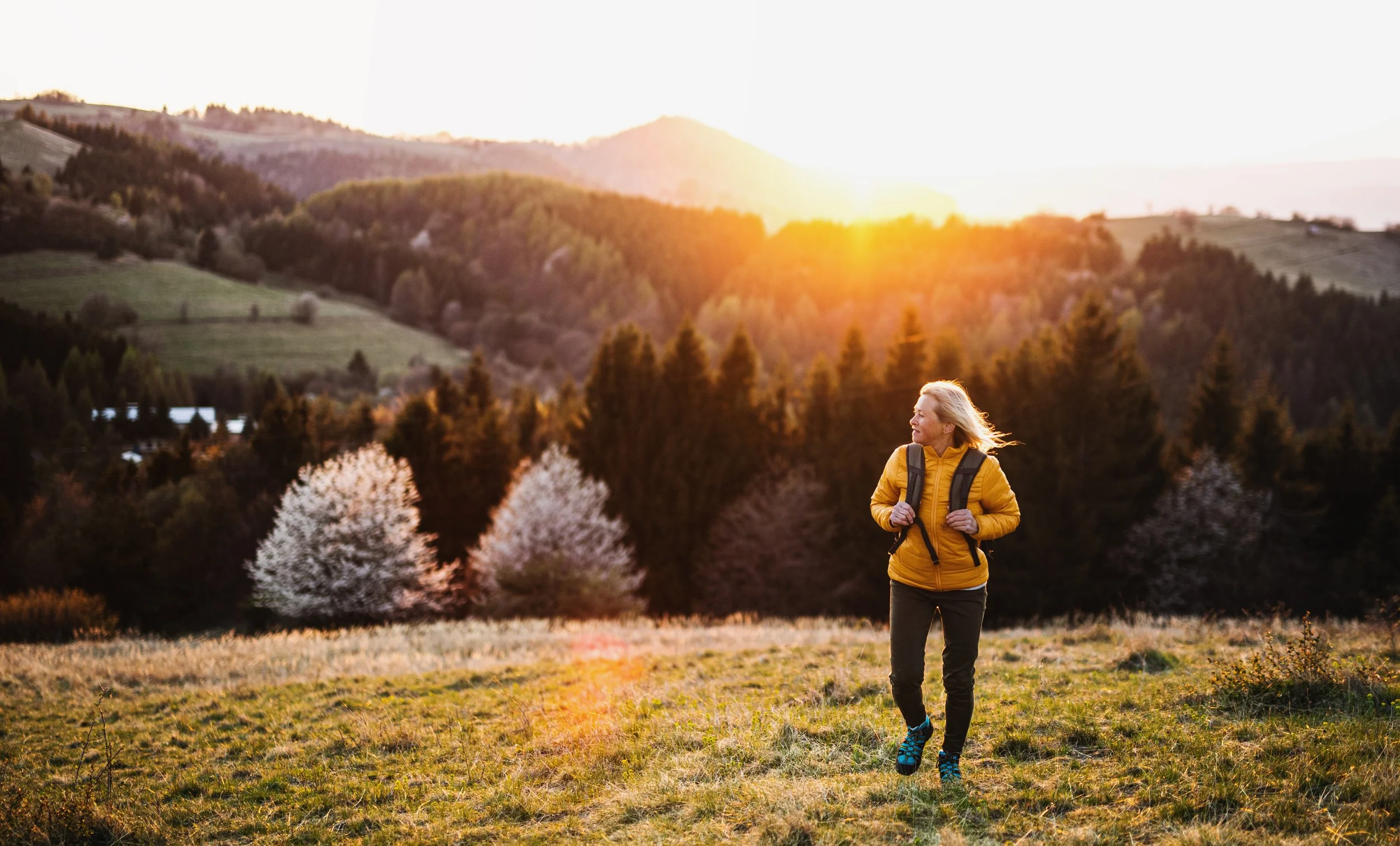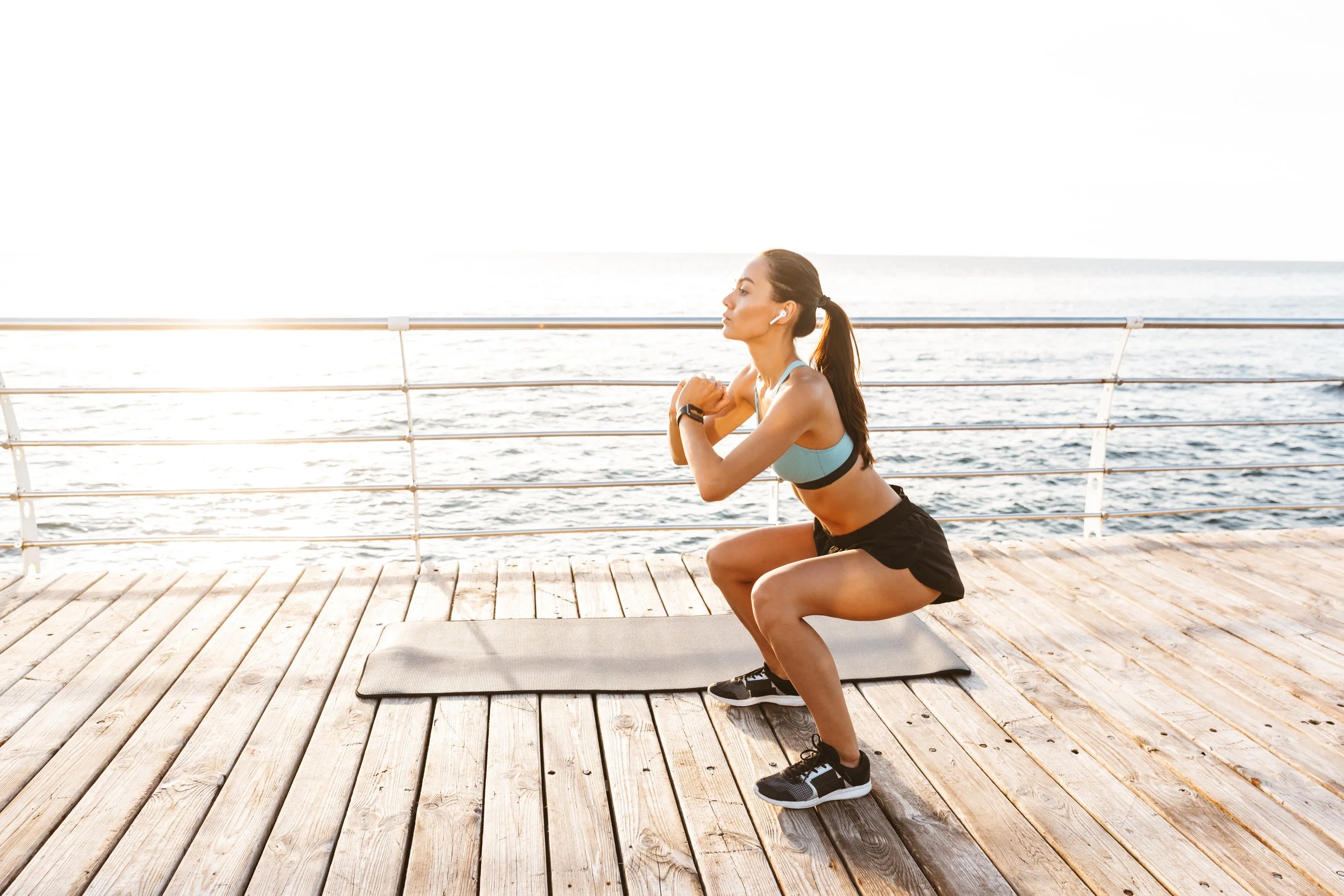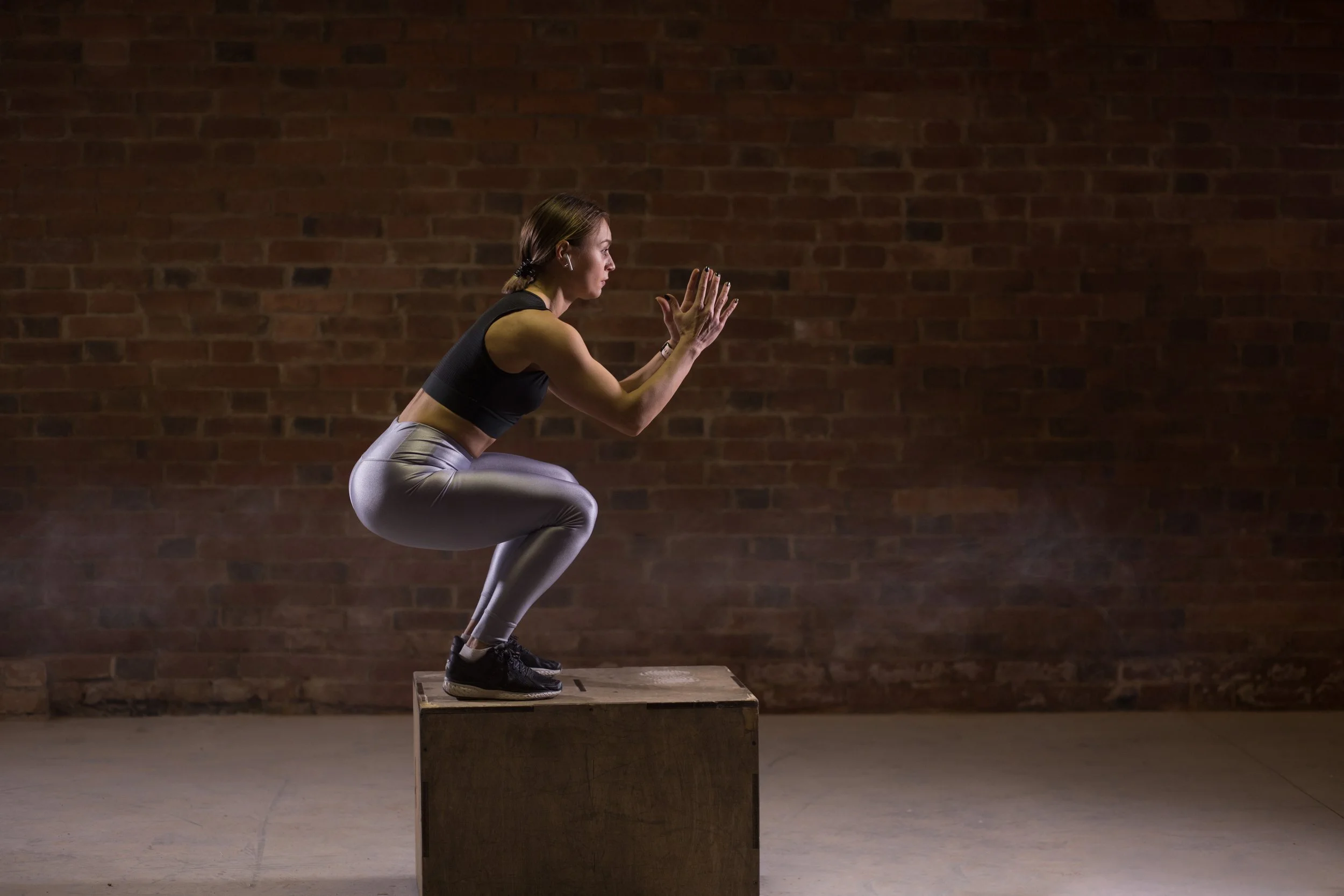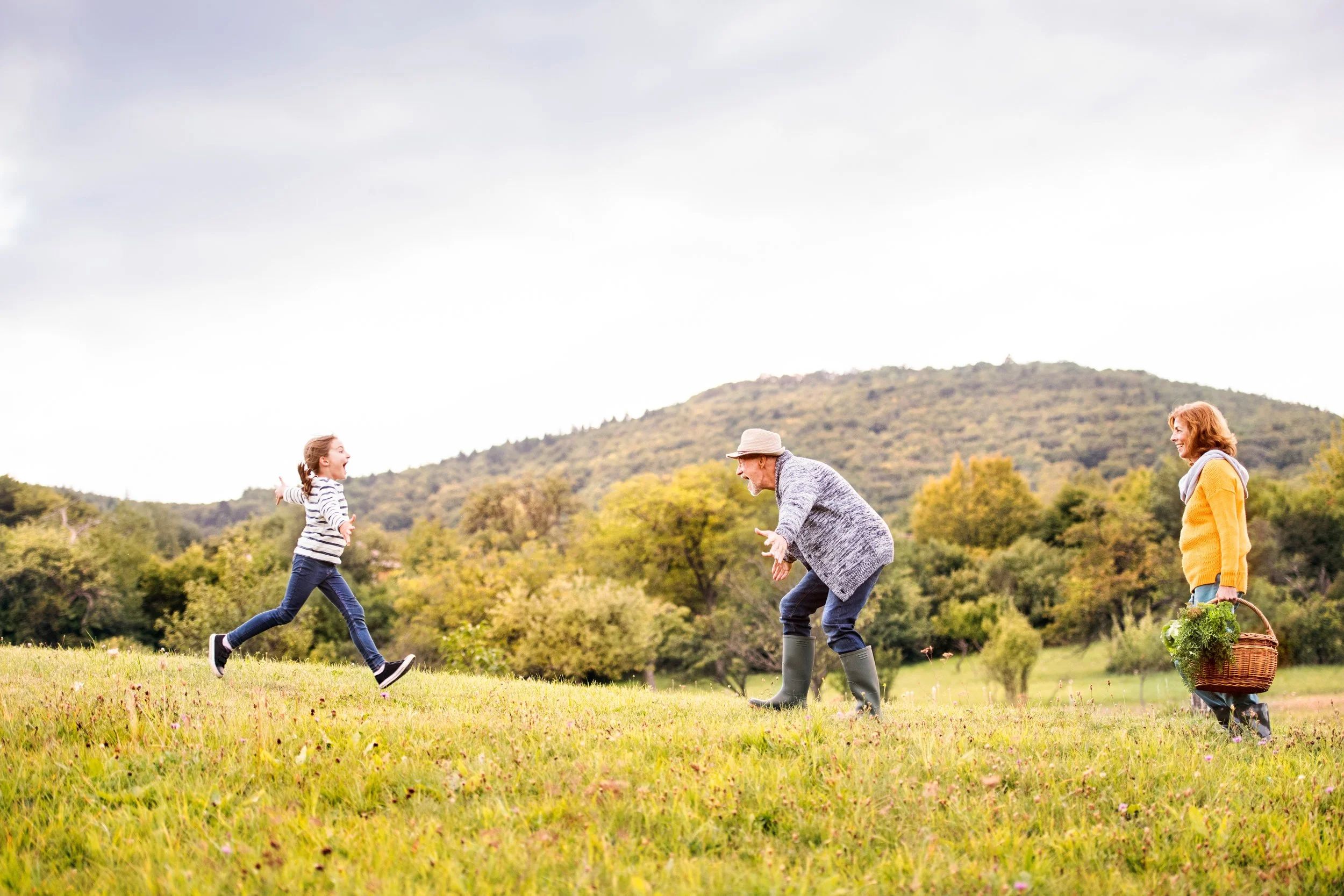It is estimated that up to 25% of the population suffers from pain in the jaw at some point in their lives. (1) This pain is commonly referred to as TMJ or TMD, acronyms that stand for Temporomandibular Joint or Temporomandibular Dysfunction respectively. This can manifest in jaw or face pain with eating, talking, and singing, painful clicking/popping, restricted range of motion when opening or closing the jaw or resting muscular pain in the jaw. (1) If any of these listed symptoms apply to you, seeking physical therapy may help.
The temporomandibular joints are made up of your mandibular bone and the temporal bone of your skull. The joints include surrounding ligaments that help to control and support jaw motion as well as a disc which acts as a cushion for the joint.



